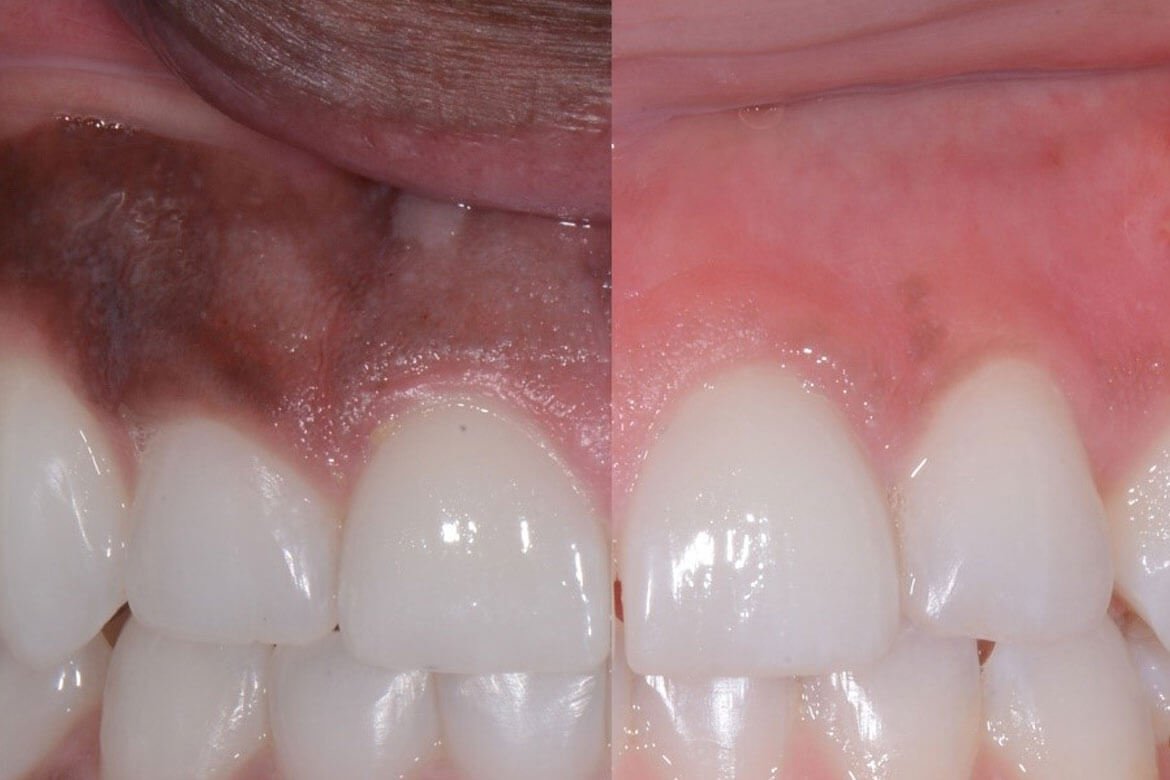There are many different causes of multifocal pigmentation in the gums. Some of the causes can be genetic, while others can be due to environmental factors. If you are concerned that you may have multifocal pigmentation in your gums, it is important to consult with a dentist to determine the cause and to receive treatment.
What is Multifocal Pigmentation?
Multifocal pigmentation is a condition in which there are multiple colors of pigment present in the gum tissue.
Multifocal pigmentation is a condition where the color of the skin changes in different parts of the body. It can be due to a number of factors, including sun exposure and hormones. Multifocal pigmentation can occur anywhere on the body, but it is more common in people who are darker-skinned.
The color changes can be small or large, and they may occur at any time during someone’s life. They can also change over time, so it is important to check for them regularly. Multifocal pigmentation can often be treated with topical medications or light therapy.
What Causes Multifocal Pigmentation In Gums?
There are many different causes of multifocal pigmentation in the gums. Some of the causes can be genetic, while others can be due to environmental factors.

There are many possible causes for multifocal pigmentation in gums. Some of the more common include Sun exposure, melanoma, and Paget’s disease. Sun exposure can cause brown spots to form on the gum tissue, which can lead to multifocal pigmentation. Melanoma is a type of skin cancer that can often be found in areas exposed to the sun, such as the skin around the mouth. Paget’s disease is a rare condition that affects the bone marrow and causes spots or lesions on the gum tissue.
What Are The Signs And Symptoms Of Multifocal Pigmentation In Gums?
The signs and symptoms of multifocal pigmentation in the gums can vary but may include a change in the color, shape, or size of the gum tissue. Additionally, people with multifocal pigmentation in the gums may experience sensitivity to light or pain when chewing.
Multifocal pigmentation in gums is an inherited condition that affects the color and appearance of the gums. It can develop at any age but is most common in adults over the age of 50. The signs and symptoms of multifocal pigmentation in gums vary depending on which areas of the gum are affected but generally include a change in color, thickness, or shape. Multifocal pigmentation may also cause pain or discomfort when chewing or biting into the gum. Treatment typically involves treating the underlying cause, such as a genetic disorder or vitamin deficiency.
How Is Multifocal Pigmentation Treated?
If you are concerned that you may have multifocal pigmentation in your gums, it is important to consult with a dentist to determine the cause and to receive treatment. Treatment may include surgical removal of the pigment or the use of bleaching agents.
Multifocal pigmentation is a common issue that affects people of all ages. It can be caused by a variety of factors, such as sun exposure, hormones, and genetics.
Most cases of multifocal pigmentation are treated with a combination of therapies. The first step is often to try to identify the cause and then treat it. This might involve changing lifestyle habits or using medications. If the problem persists despite treatment, surgery may be necessary to remove the affected areas.










